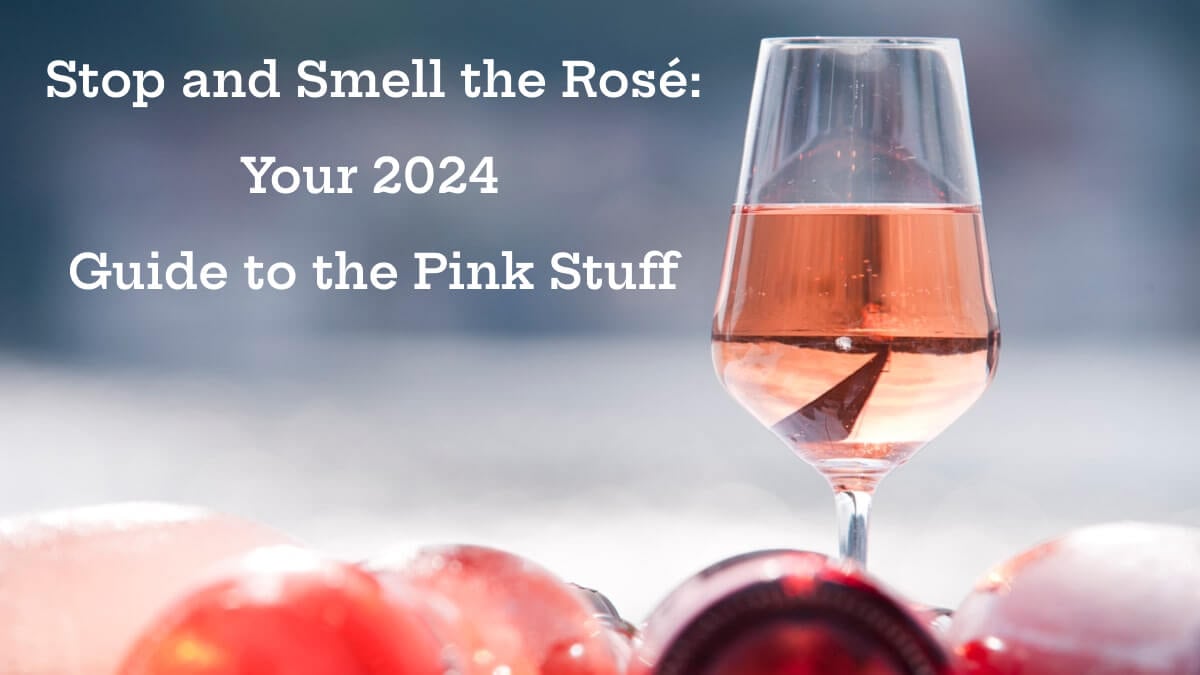
Rosé is so much more than it is given credit for. In recent years, it has gained a reputation as a sweet treat, a cheap and cheery alternative to red wine that anybody can love. In this article, we’re going to try and shatter those misconceptions, and introduce you to the real rosé. To save from standing in the wine aisle, staring at labels, we’re also going to give you the lowdown on which rosé wines you should look out for this year.
The Rosé Factfile: Origins, Styles and Grapes
Where is rosé wine originally from?
The roots of rosé can be traced back to the Phoenicians and Ancient Greece, where they drank their wine with water, and crafted wine with a minimal amount of skin contact. Rosé as we know it today likely emerged from Phoenician settlements around the city of Marseille, 2,600 years ago. Over time, rosé wine has bloomed into a worldwide phenomenon, but its spiritual home will always be the South of France (Bordeaux and Provence in particular), where it found its first foothold in Western Europe.
How is rosé made?
There are two main methods of getting that gorgeous pink colour from red grapes: saignée and direct press.
Saignée comes from the French verb “to bleed”. This method involves “bleeding off” some of the juice from a vat of red wine early in the fermentation process before the grape skins impart their vivid colour and bountiful tannins. This also has a desirable knock-on effect - the red wine that stays in the vat often has a more intense colour, due to a higher ratio of skins to juice.

Direct Press is simply a more straightforward way of making rosé. Red grapes are brought to the winery and pressed, in order to extract the juice from the skins. The skins and juice are separated almost straight away, resulting in that appealing pink colour.
In some cases, rosé is also created by blending a small amount of red wine with white wine. This method is forbidden in most French appellations, except for Champagne, where they create beautiful sparkling rosés by blending Chardonnay with small amounts of Pinot Noir/Meunier. There is much debate among wine-makers about which method gives the best rosé, but in the end, it won’t affect you (the drinker!) all that much.
Types of Rose Wine
When all of the pressing, bleeding, blending and fermenting is over and done with, you end up with a delicious bottle of rosé. Of course, rosé wines are about at diverse as red or white wine, so they can lie anywhere on the wine spectrum - light pink, dark pink, bone dry, semi-sweet, as sweet as a slice of strawberry cheesecake, effervescent, or intensely sparkling.
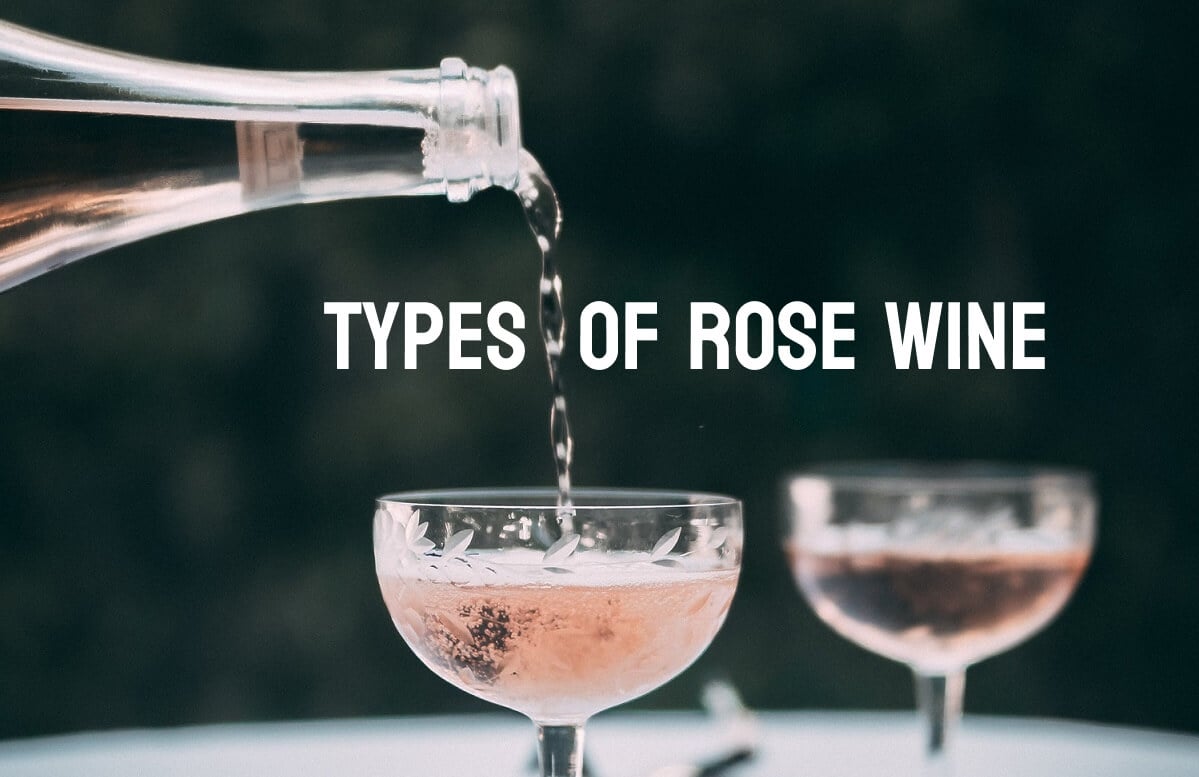
In addition to all of the potential rosé types, this style of wine can be known by many different names, and created with a variety of different grapes. In any store, you might see rosé wine bearing the name vin-gris (grey wine), blanc-des-noir (white from black), rosado (in Spain) or rosato (in Italy). You may also see an Italian wine called Ramato, which is essentially a copper-coloured rosé (although purists may argue that it’s not rosé) made from Pinot Grigio with extended skin contact.
So, wherever wine is made, rosé is made too. With a few rare exceptions, it is made with red grapes. Pretty much every native Italian red grape can be made into rosé. In France, Cabernet Sauvignon, Cabernet Franc, Syrah, Grenache and Mourvedré are popular varietals, as well as Pinot Noir and Meunier. You can find pink wine from Spain made with Tempranillo, Garnacha, or much rarer varietals such as Ondarrabi from the Basque country and Listán Negro from the Canary Islands. In the New World, grapes like Shiraz, Zinfandel and Merlot are more popular, but you can find rosé in Australia, America and South Africa made from any of the grapes listed above.
The point is: rosé is not a one-trick pony. It has just as many intricacies and styles as red or white wine. This is good news for wine connoisseurs, but slightly confusing for the average consumer. Next, to make your life easier, we’re going to take a look at some of the main regions and wineries to look out for while shopping.
Popular Rose Wine Regions and Their Top Wines to Try
Although rosé wines are made all over the world, there are a few specific regions that rank above the rest - both in terms of the quality of their wine, and how they dominate the market. Provence has some of the best rosé wine that you can buy and is definitely the number one place to begin your journey. However, to take an all-encompassing view of the rosé scene, we’ll also go through some wines from other parts of the world.

A Look at Italian Rosato
In Italy, there is a smattering of quality regions to explore. On the northern end of the peninsula, Piedmont produces some fantastic rosé from Nebbiolo and Freisa, and Friuli has some wonderful examples of Ramato, made from Pinot Grigio. As you move down the eastern coast, you can also start looking at pink wine from Veneto and Abruzzo, which are Italy’s rosé powerhouses.
In general, Italian rosé is more vibrant and robust than French, and producers tend to keep it dry - this is thanks to those bold, rustic grapes, like Nebbiolo, Corvina and Montepulciano, and the intense Italian midday sun.
If we had to recommend just one Italian rosé that typifies the country and offers something a little different to those pale pink Provençal wines, we would head much further south - as far south as it gets. This Rosato from the slopes of Mount Etna is a wonderfully refreshing wine, crafted from the Sicilian grape Nerello Mascalese. It’s a perfect balance of quality and affordability, and a must-have on a summery evening.
A Look at Greek Rosé
What better way to celebrate rosé than by returning to its roots? In recent years, Greek producers have been setting aside the sweet, candyfloss-style rosé wines and producing some unique, bold iterations with indigenous grapes. Mantinia and Kefalonia are great regions to look out for, but for our recommendation, we’re heading to the beautiful location of Thessaloniki in Macedonia.
Much like Italian rosato, this wine from Ktima Gerovassiliou offers something completely different from Provence rosé. It’s made from 100% Xinomavro, a famously robust, acidic and dark grape. It’s wonderfully focused, replete with red berries, herbs and minerality, and a must-try for any rosé nerds.
A Look at Rosés Origins: Provence
Provence is, and always has been, the quintessential choice when it comes to rosé. Wines from this region make up 95% of premium rosé on the market, and it has even become a popular spot for celebrities venturing into wine-making. The production here is dominated by the direct press method, though some wine-makers opt to make their wines through “saignée”. If you like your rosé elegant, pale, fresh and as real as it gets, then read on - Provence is the region for you.
A Deep Guide to Provence - the Best Region for Rosé Wine
History and Terroir
Provence is located in the magnificent “Côte d'Azur”, along France’s Mediterranean coast. The history of wine (and consequently, rosé) began in the region when the Phoenicians founded the city of Marseille, bringing grape vines from their homeland deep in the belly of the Mediterranean. This crook of land in France’s deep south is the home of rosé - and it could be said - the home of the entire European wine tradition too.
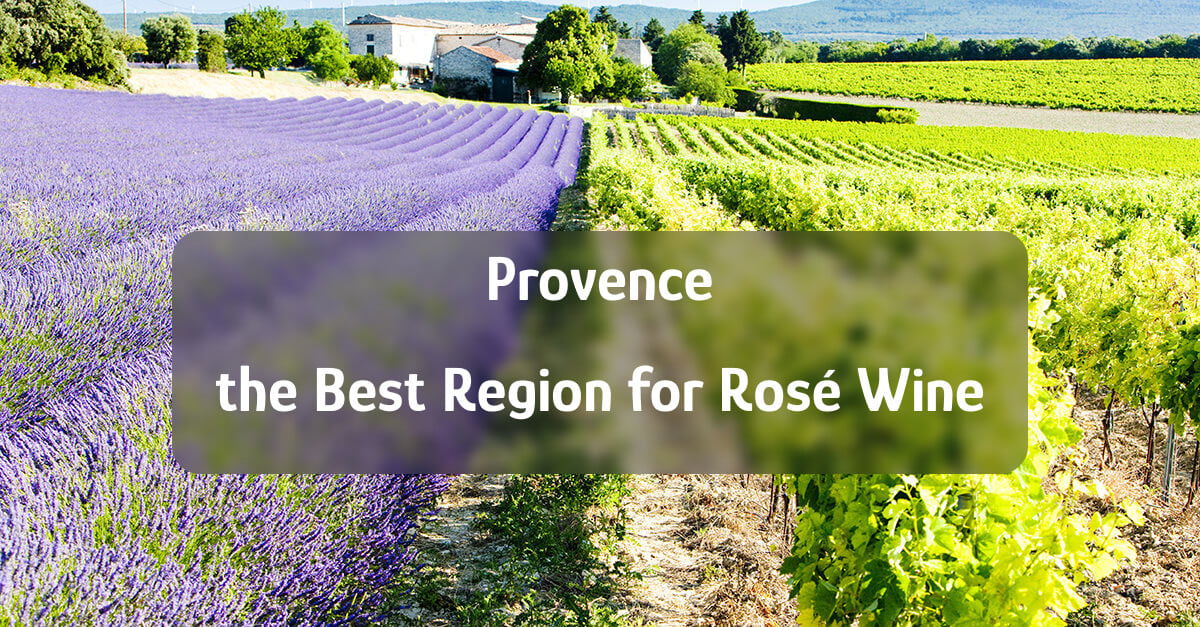
All of Provence’s vineyards lie within 55 kilometres of the Mediterranean sea, so it is a distinctly Mediterranean climate, benefiting from hot summers and cooling maritime winds. The region experiences occasional thunderstorms in spring and autumn, but when it comes to harvest time, the intense heat kills off most of the potential pests and diseases.
The largest and most famous appellation within Provence is the “Côtes de Provence” AOC. It takes up most of the eastern side of the region and accounts for 75% of all wine production, the vast majority of which is rosé. Côtes de Provence encompasses the smaller regions of Bandol (famous for its Mourvedré-based rosé wines) and Cassis - be careful not to confuse Cassis rosé with the famous blackcurrant liquor. The soil in these eastern regions of Provence is largely composed of crystalline schist, which adds a notable minerality to the wine.
Further west, you can discover the region of “Coteaux d’Aix en Provence”, which is dominated by Grenache, Syrah and Cinsault. These rosés are notable for their strong acidity and floral bouquet.
Finally, another important region to keep an eye out for is “Coteaux Varois de Provence”, where grapes grow at slightly higher altitudes. All of the differences between Provence rosés are subtle, but these are notable for their excellent structure, acidity and complexity.
What is special about Provence Rosé?
Other than the fact that it’s the oldest rosé producing region in Western Europe, rosé wines from Provence come with a very particular set of characteristics that make them special. They are usually a very pale pink, featuring lots of red berry flavours and a vein of minerality, gained from soils rich in limestone or crystalline schist. Classic flavours to look out for are strawberry, sweet melon and rose petals.
Our Top 4 Provence Rosé Wines for 2024
To help you get started, we have selected a batch of Provençal wines from the 8wines website, guaranteed to get you familiar with the region. Even if you can't make it to the French Riviera in person, we deliver wine all around Europe - your own curated case of Provence wines can be shipped within 2 working days.
This is one of the truly iconic rosés to come out of Provence and can serve as a benchmark for your rosé journey. Produced by Château d’Esclans, It is the most popular rosé in the world, and incredibly, it accounts for about 20% of all rosé drunk in the United States.
You might expect such a popular wine to be slightly bland and accessible - like a boring pop song. This is not the case with Whispering Angel. It’s a seamless blend of Grenache, Cinsault and Vermentino, exhibiting a delicate pink colour in the glass. It’s dry but packed with notes of mango, passion fruit and cherry that give a hint of sweetness. It is an immaculate example of the Provence style - containing a zingy freshness, a subtle bouquet and a strong vein of minerality.
Like most legendary wine regions, Provence has attracted its fair share of celebrity winemakers. Brad Pitt and Angelina Jolie bought Château Miraval in 2008. We don’t know how much influence the duo have on the production of the wine, but we do know that Miraval’s rosé has become one of the best quality-for-money Provence wines that you can buy. It’s made from a blend of Grenache, Syrah, Cinsault and Vermentino, picked from within the Cotes de Provences AOC. It’s packed with notes of strawberry, white peach flesh and dried flowers, mirroring the scenic lavender-lined hills of the terroir. If you can’t make it to the Côte d'Azur, this wine will be equally delicious when sipped with ice on a sultry summer day.
Chateau Saint-Maur L'Excellence Rosé
Chateau Saint-Maur is one of just 22 wineries in the Cotes de Provence to be granted “Cru Classé” status - which is essentially an indicator that they make very good wine. “L’Excellence” is crafted from Grenache, Cinsault, Mourvedré, and the native Provence grape Tibouren. It’s a bright, fresh rosé with an utterly brilliant pale pink colour. A far cry from the world-famous “celebrity” wines that we have mentioned so far, this one is a down-to-earth option, beloved by locals and Provence tourists alike. In it, you can discover ripe peaches, red berries, and a strong mineral element.
Favori Chateau Favori Provence
Now we’re heading outside Cotes de Provences AOC for the first time, to the equally important Coteaux Varois region. This is another classic example of a Provençal rosé from Chateau Favori. They are a boutique winery, with a big focus on quality over quantity. Crafted from a blend of Grenache, Syrah and Vermentino, this rosé has some considerable fruity character. It’s a beautiful introduction to the wines of Coteaux Varois, exhibiting notes of white flowers and salinity, alongside the gorgeous flavours of wild raspberry, strawberry, cherry and spice.
That concludes our look at the fascinating world of rosé. If you stick to Provence or any of the names that we have mentioned, it’s going to be difficult to go wrong. You can also explore the entire range of rosé wines at our store, which is a carefully curated (award-winning!) selection of wines - making it even harder for you to pick a rosé that you won't like.







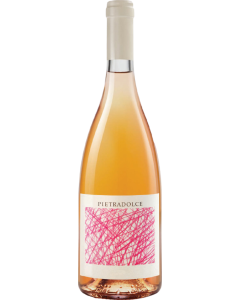
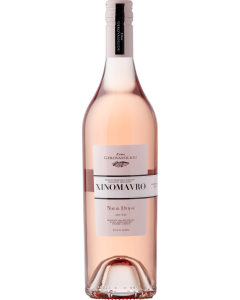
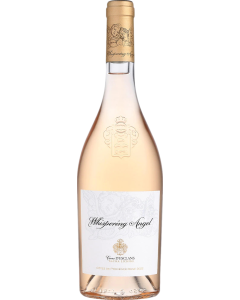
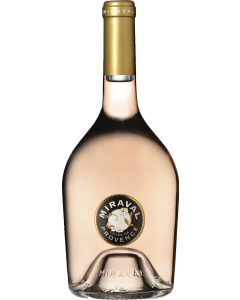





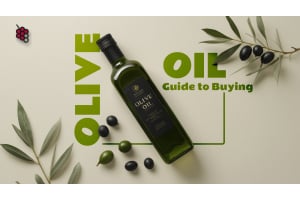





Precise and well packaged!